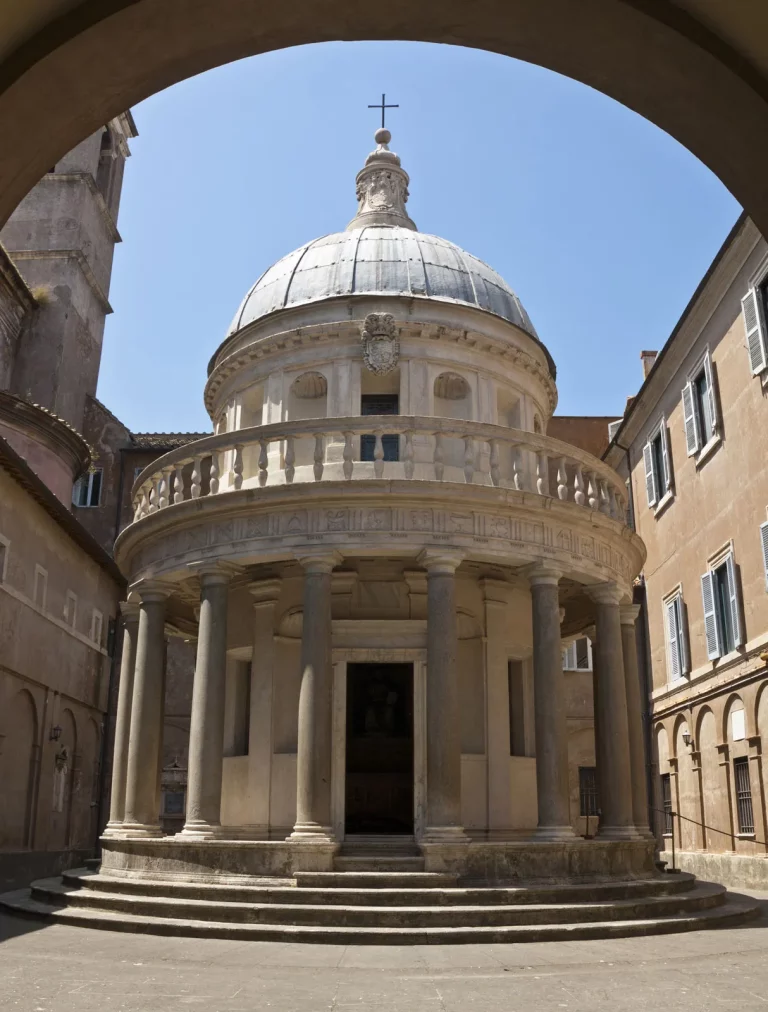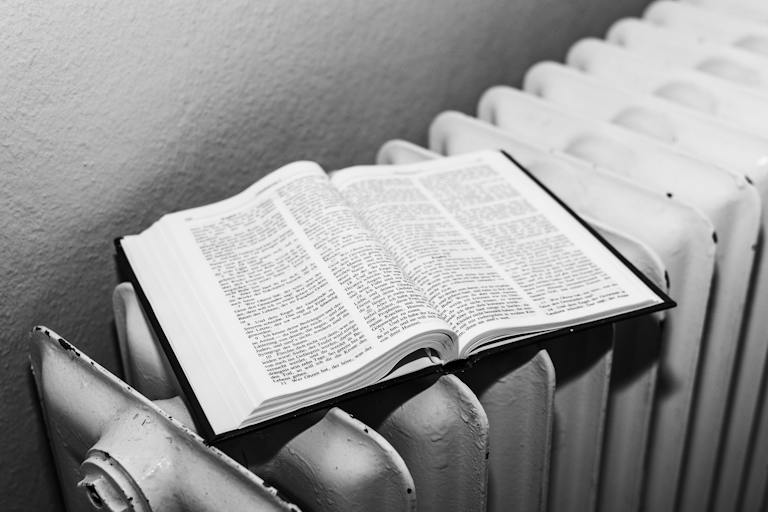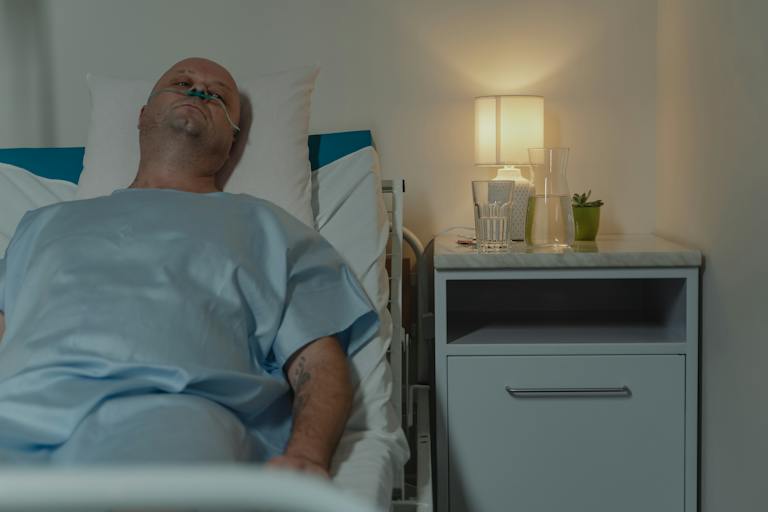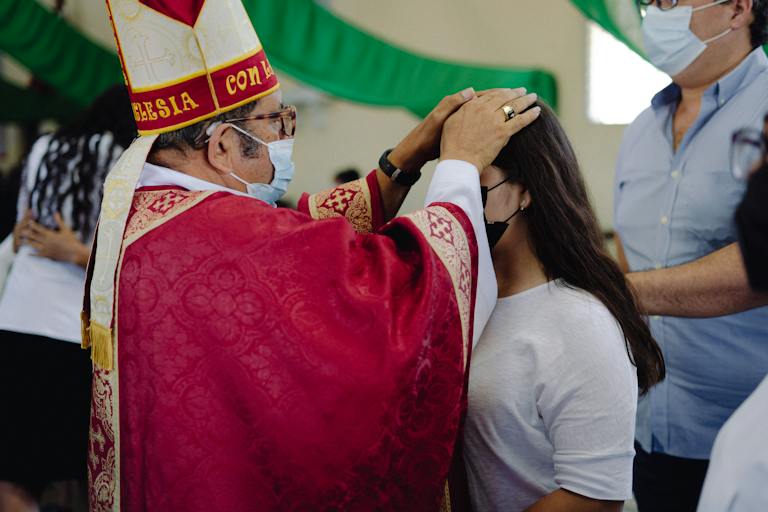Why Did the Catholic Church Introduce Tropes?
The Catholic Church introduced tropes, a type of liturgical chant, in medieval times as a way to embellish and expand upon the traditional Gregorian chants used in religious services. Tropes were seen as a creative way to make church music more interesting and engaging for congregations.
The Rise of Tropes in the Early Middle Ages
Starting around the 9th century, tropes emerged across Europe as additions or embellishments to the pre-existing body of Gregorian chant melodies. They typically added music and words before or after existing chants to amplify, extend, or embellish the liturgical text.
The exact origins of the first tropes are unclear, but they seem to have arisen spontaneously in different regions. The trope itself comes from the Greek term “tropos” meaning “a turn or change.” Some of the first tropes on record were written at French monasteries in the 9th century. The Abbey of Saint Gall in Switzerland also produced early manuscripts of trope chant.
Over the next few centuries, tropes flourished across Europe. They became an established part of Catholic mass and services. Tropes were seen as creative expressions of faith and as useful tools to make religious ceremonies more engaging.
Reasons Why the Catholic Church Embraced Tropes
Church leaders had a range of motivations for allowing and encouraging the development of tropes:
To Make Liturgy More Interesting
Plainsong chant melodies, while beautiful, could become repetitive throughout a long mass or church service. Tropes injected creativity and variety into ceremonies, helping to capture people’s interest and imagination. They made liturgy more enjoyable for average churchgoers.
To Embellish Scripture and Liturgy
Tropes allowed musicians and composers to expand upon and embellish biblical texts and stories. The extra words and music painted more vivid pictures of religious ideas.
For Creative Expression
For monks and musicians, tropes provided approved outlets to express themselves through music and verse. Church leaders channeled this creativity towards the goal of glorifying God.
Mnemonic Device
The catchy additional melodies and words of tropes helped congregations memorize and internalize core prayers and Bible verses. The music acted as a mnemonic device.
To Increase Understanding
By dramatizing and embellishing religious ideas and narratives, tropes helped to reinforce the meanings and morals behind scriptures and prayers. They elucidated complex theological concepts for average people.
To Bring Joy and Beauty
The church embraced the arts long before the Middle Ages. But tropes exemplified this patronage of creative endeavors in the name of celebrating God. Their pleasing melodies and lyrics added to the beauty and enjoyment of ceremonies.
Link to Greek Rhetoric
Some scholars argue that principles of rhetoric and poetic elaboration from ancient Greek and Roman culture influenced trope development. Just as a skilled orator would elaborate on arguments, tropes elaborated on sacred texts to convince listeners.
The Catholic church welcomed tropes for all these reasons. Of course, some leaders condemned florid tropes as overly distracting innovations. However, many acknowledged the value they brought to liturgy and church life during medieval times. Tropes flourished across Europe for over 500 years.
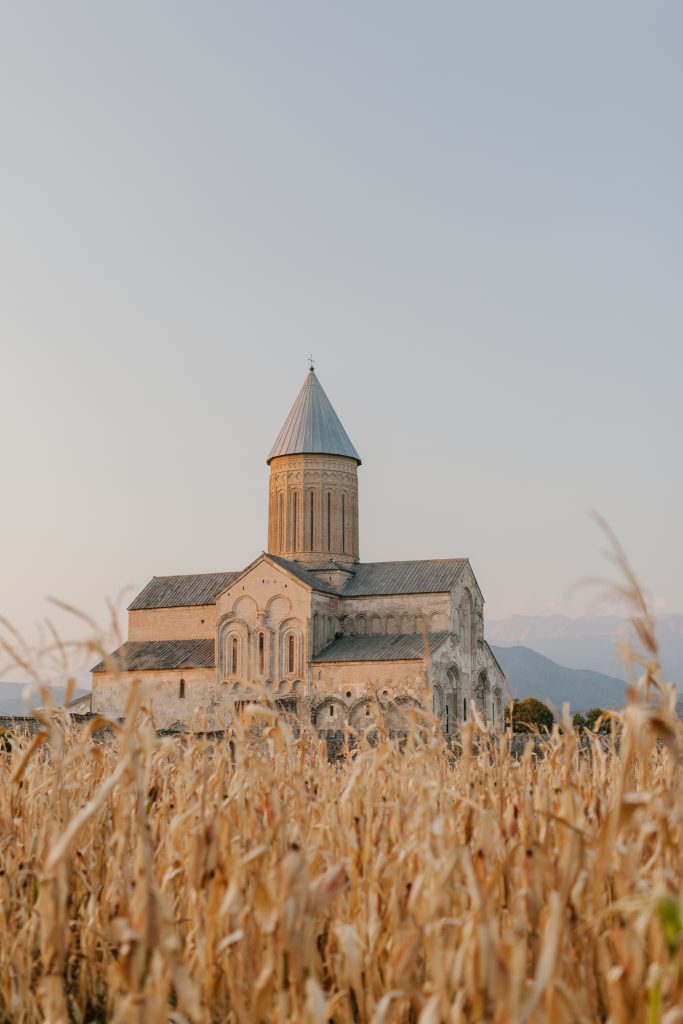
The Main Types of Tropes
Tropes assumed different forms as they emerged spontaneously in different regions. But some of the main categories included:
Troped Kyrie
These tropes expanded upon the Kyrie prayer, embellishing the cries for mercy to God with added words and music. For instance, a troped Kyrie might open with the words: “Let us praise the Lord, whom the angels praise.” Additional phrases would then lead into the established Kyrie prayer.
Troped Gloria
The Gloria was another part of Catholic mass that lent itself easily to troping. Words and music were added before and after this prayer of praise to God. Certain Gloria tropes became extremely melismatic and complex.
Troped Introit
Introit tropes added musical and textual material onto the beginning of the Introit chants that opened mass or church services. Their function was to set the scene for the service and immediately grab attendees’ attention.
Troped Ordinary
This broad category covered the additions of extensive tropes onto the fixed parts of Catholic mass – the Kyrie, Gloria, Credo, Sanctus, and Agnus Dei. Over time, entire musical dramas were built around ordinary text in some places.
Troped Offertories and Communions
words were also commonly added before and after the Offertory and Communion chants in services. These tropes might relate the songs’ meanings to some aspect of church teachings or contemporary events and issues.
Tropes Fall Out of Favor
By the 12th century, more and more church officials began speaking out against excessive elaboration of liturgy through tropes. Conservative critics argued they obscured the original chants and texts. Some attacked the “theatricality” of troped sections of mass. By the Council of Trent in the 16th century, measures were taken to standardize Catholic liturgy and restrict “florid innovations.”
While popular for over 500 years, tropes had largely faded away from Catholic services by the late Middle Ages. But the creativity they briefly unleashed served as inspiration for later composers, such as St. Thomas Aquinas. The textures and words added to traditional prayers reappeared in new motets and masses. Modern choirs still sometimes perform the tropes that survive in medieval chant manuscripts.
So while no longer actively used in church ceremonies, tropes had a lasting impact. These embellished chants enjoyed creative expression and brought beauty to early medieval Catholic liturgy while they remained popular.
The Catholic Church initially embraced the creativity and interest tropes brought to religious services. But some Church leaders ultimately decided they had become too much of a distraction from sacred rituals. Nonetheless, the memory of glorious troped melodies has persisted over the centuries to inspire and delight modern listeners and performers as well.



